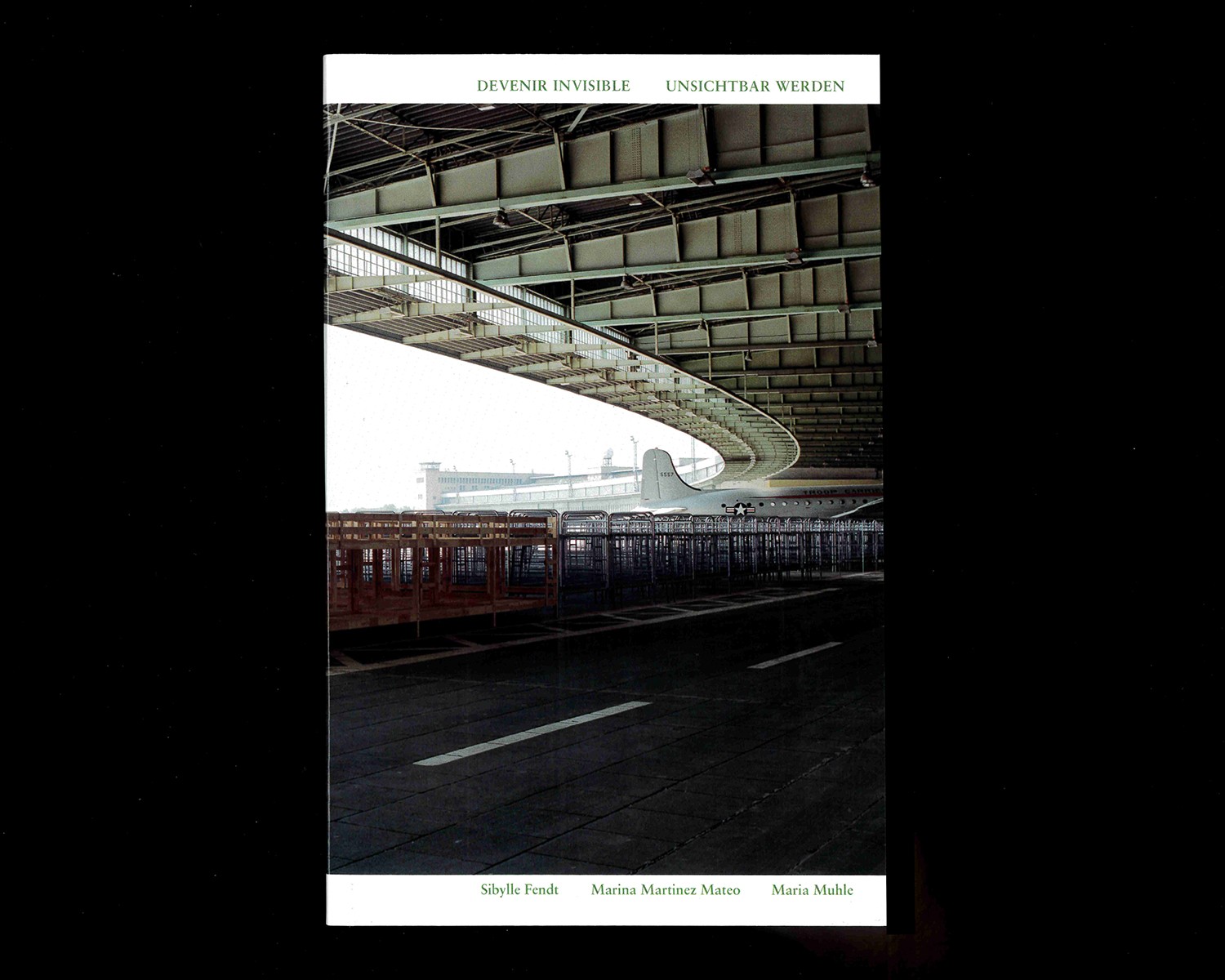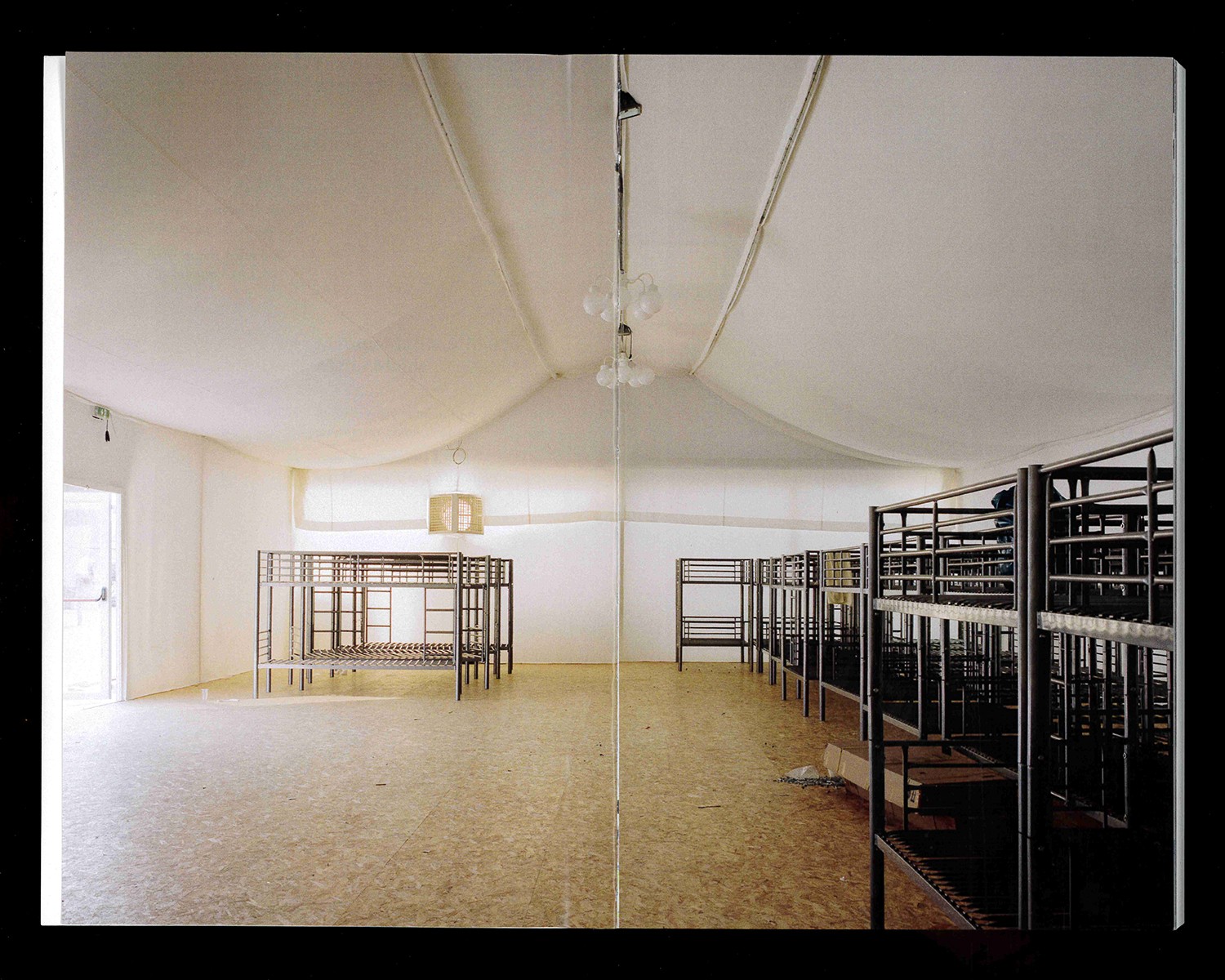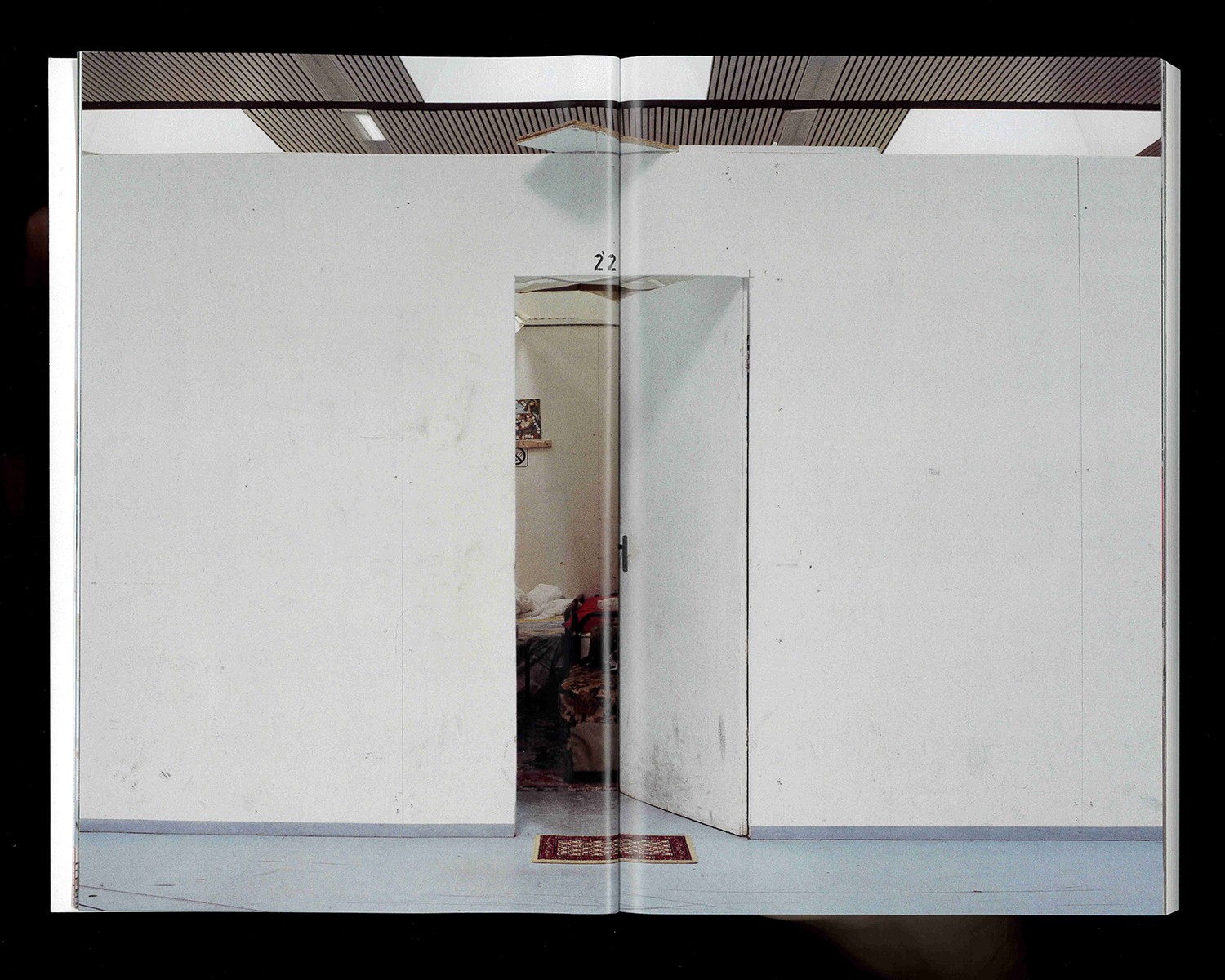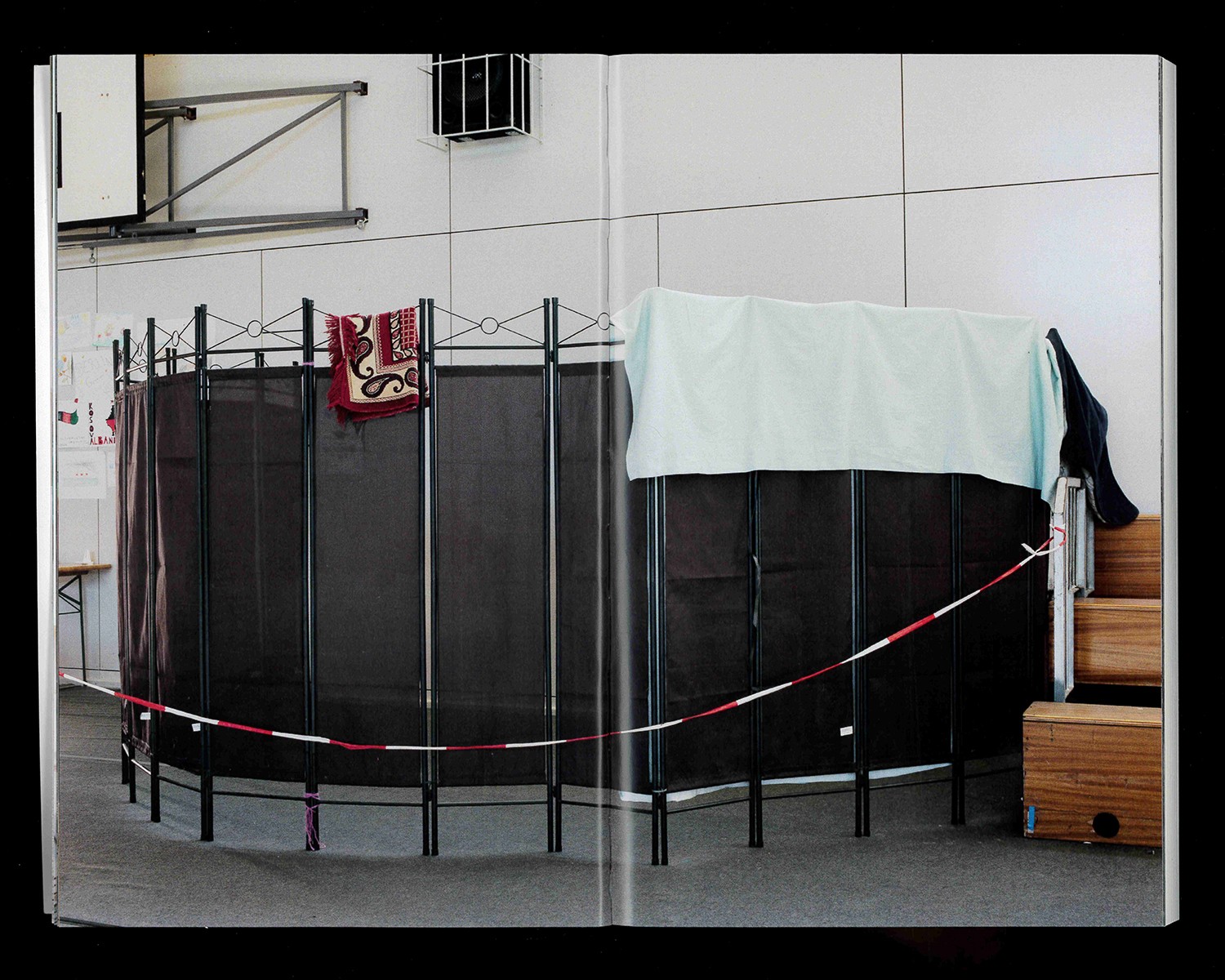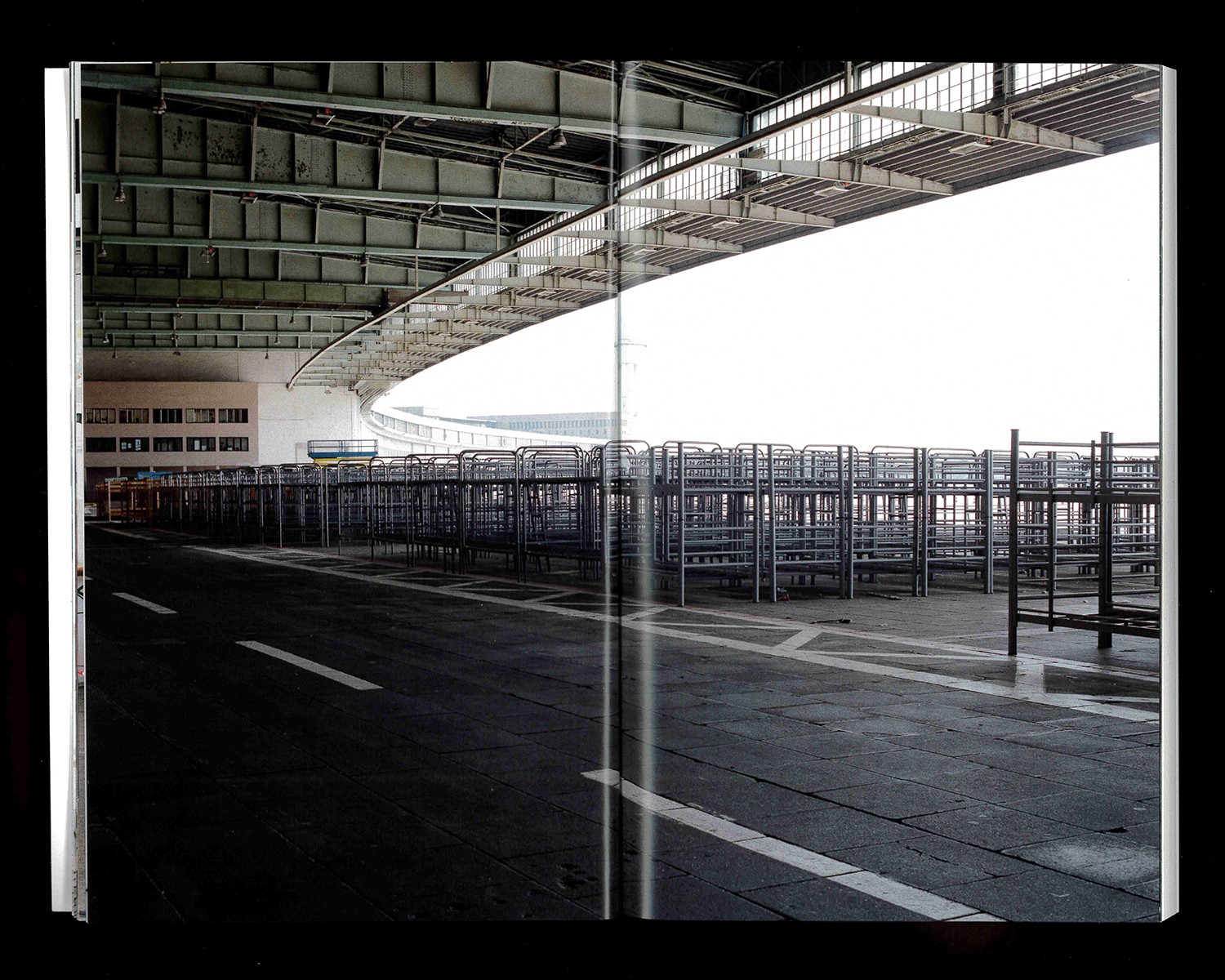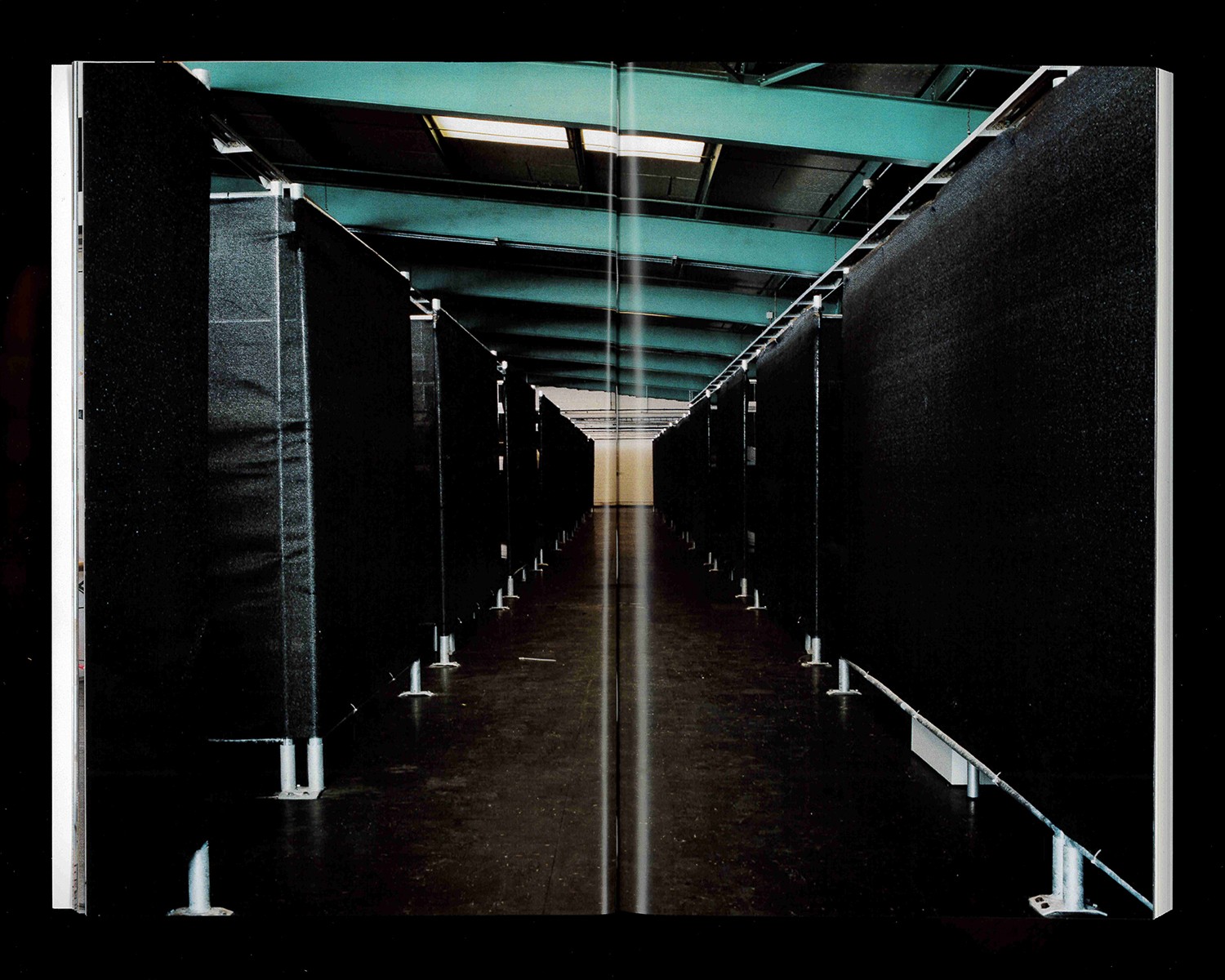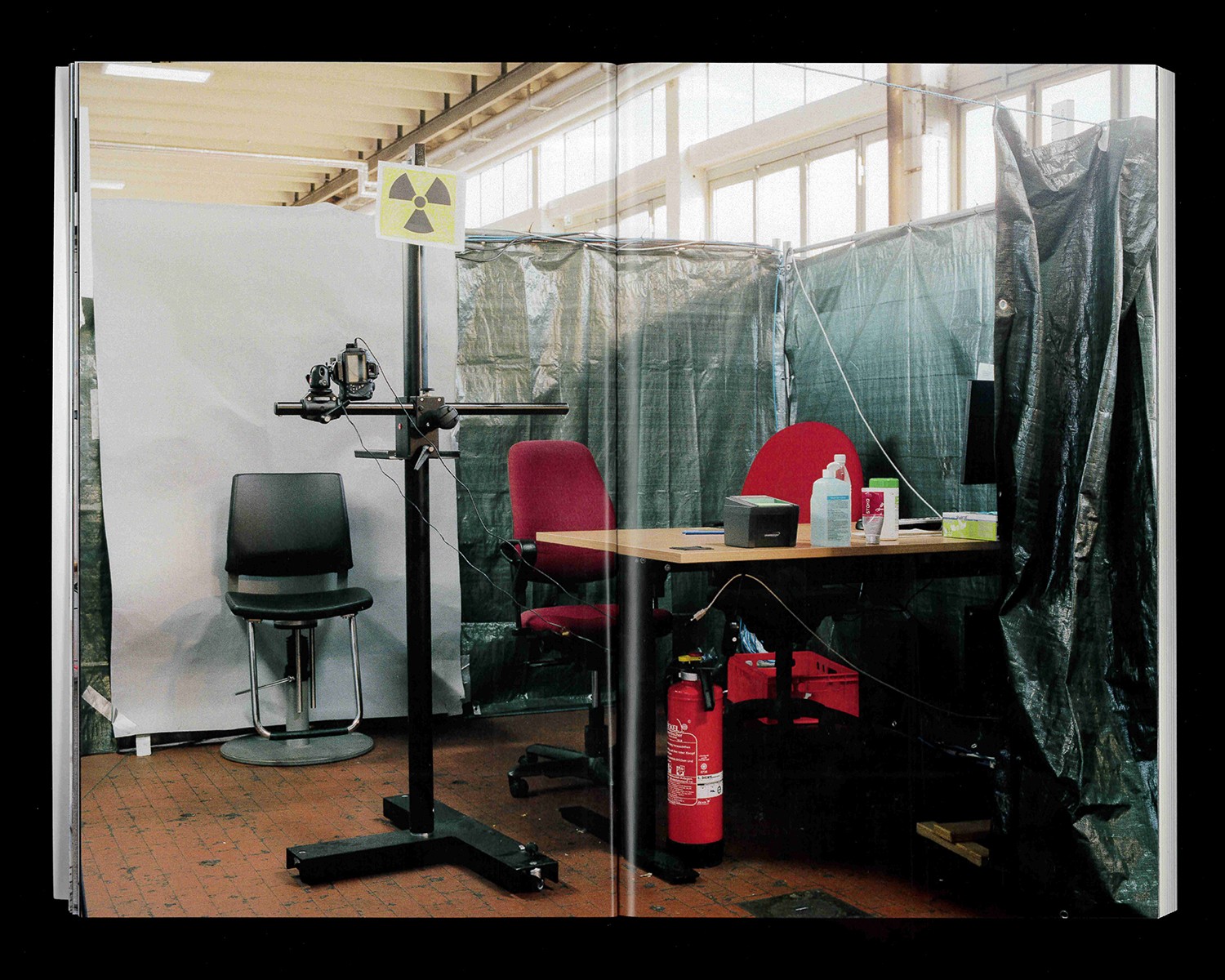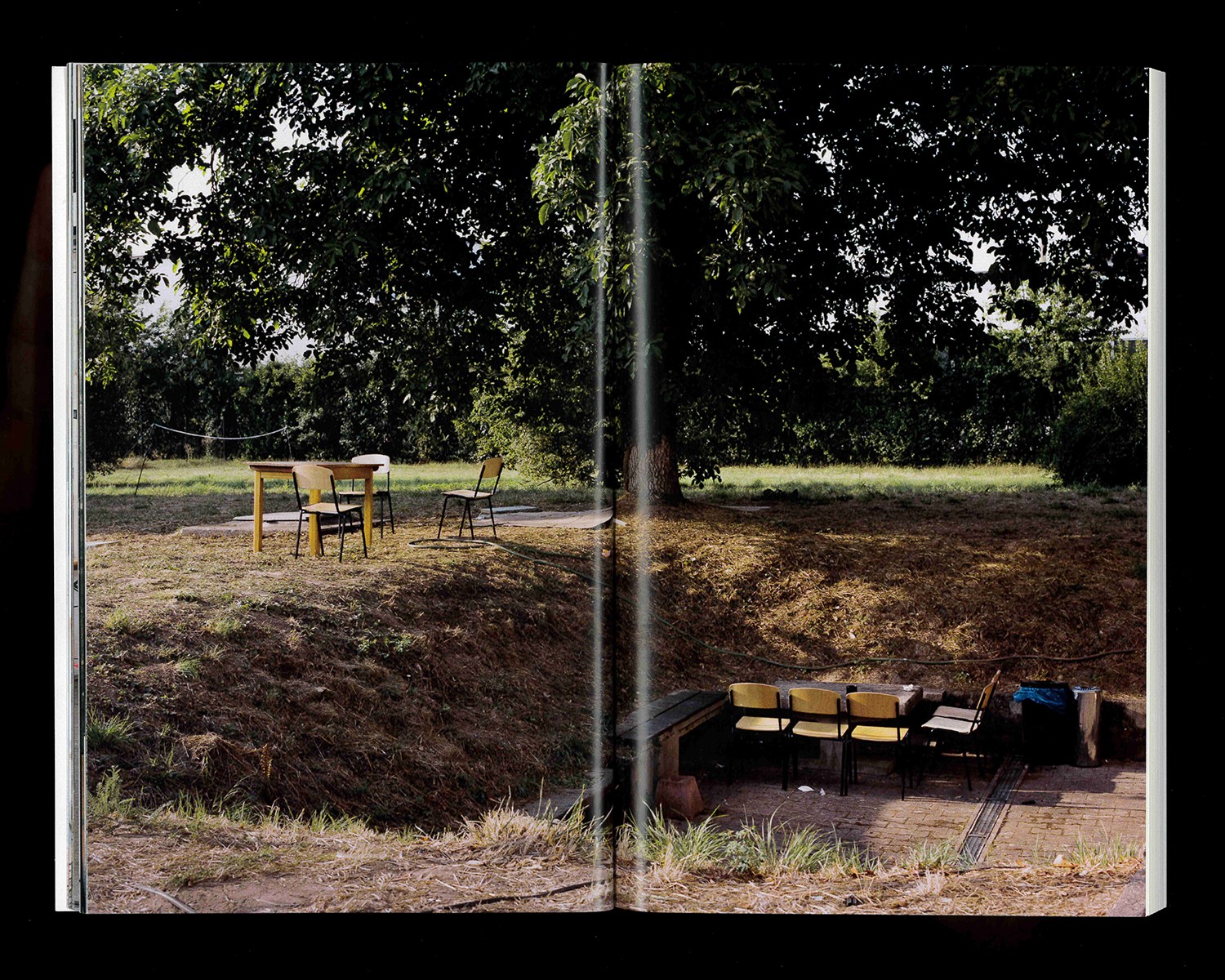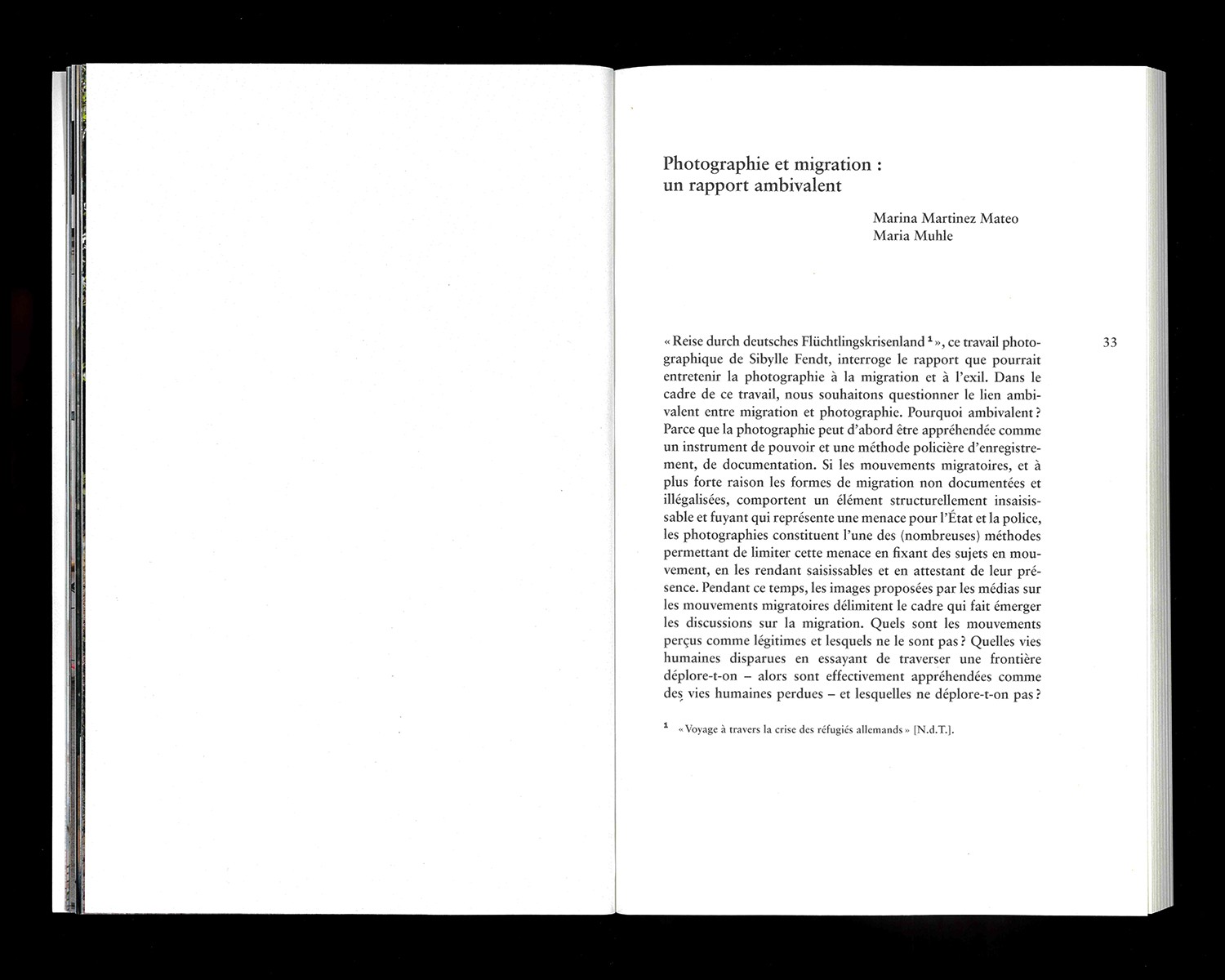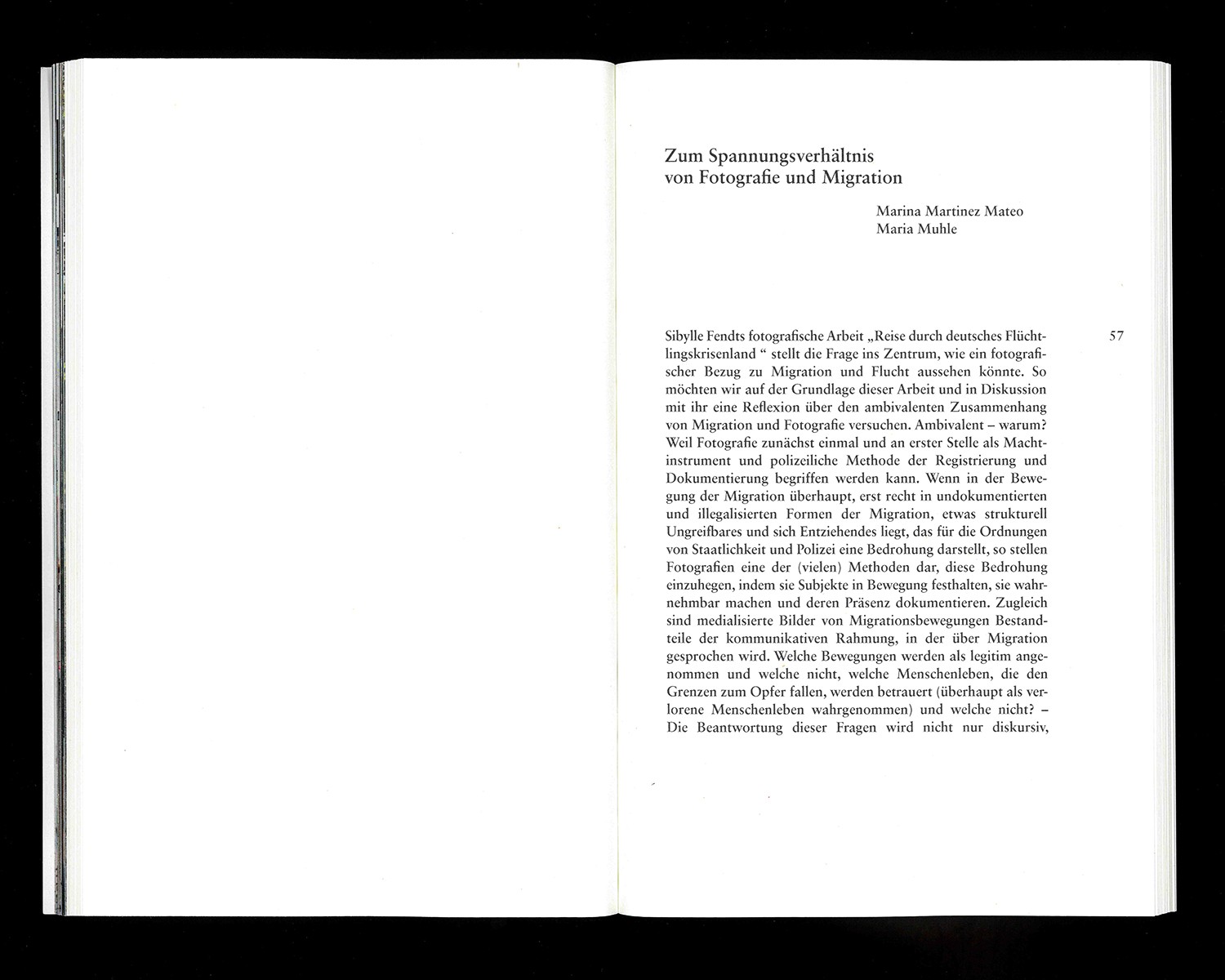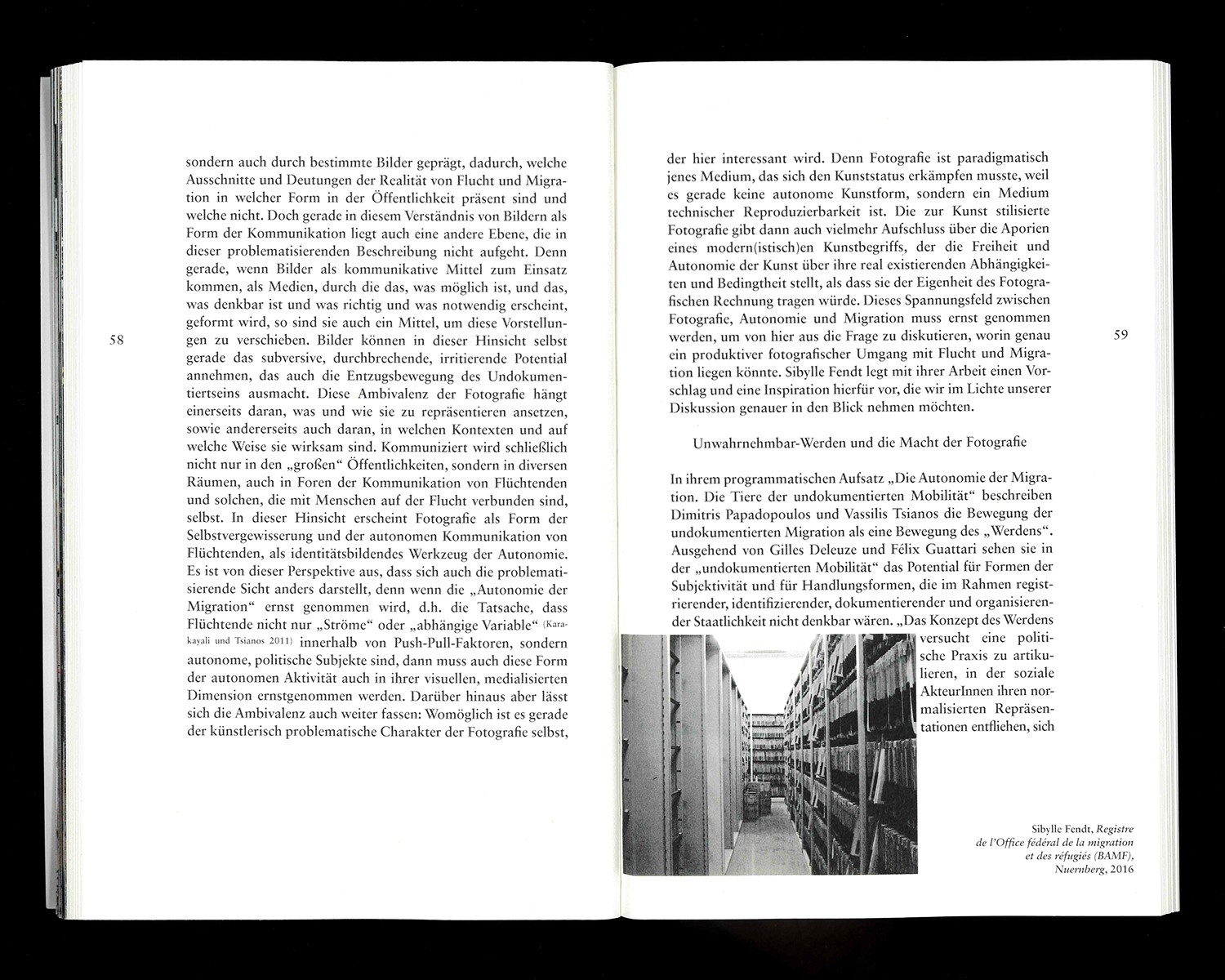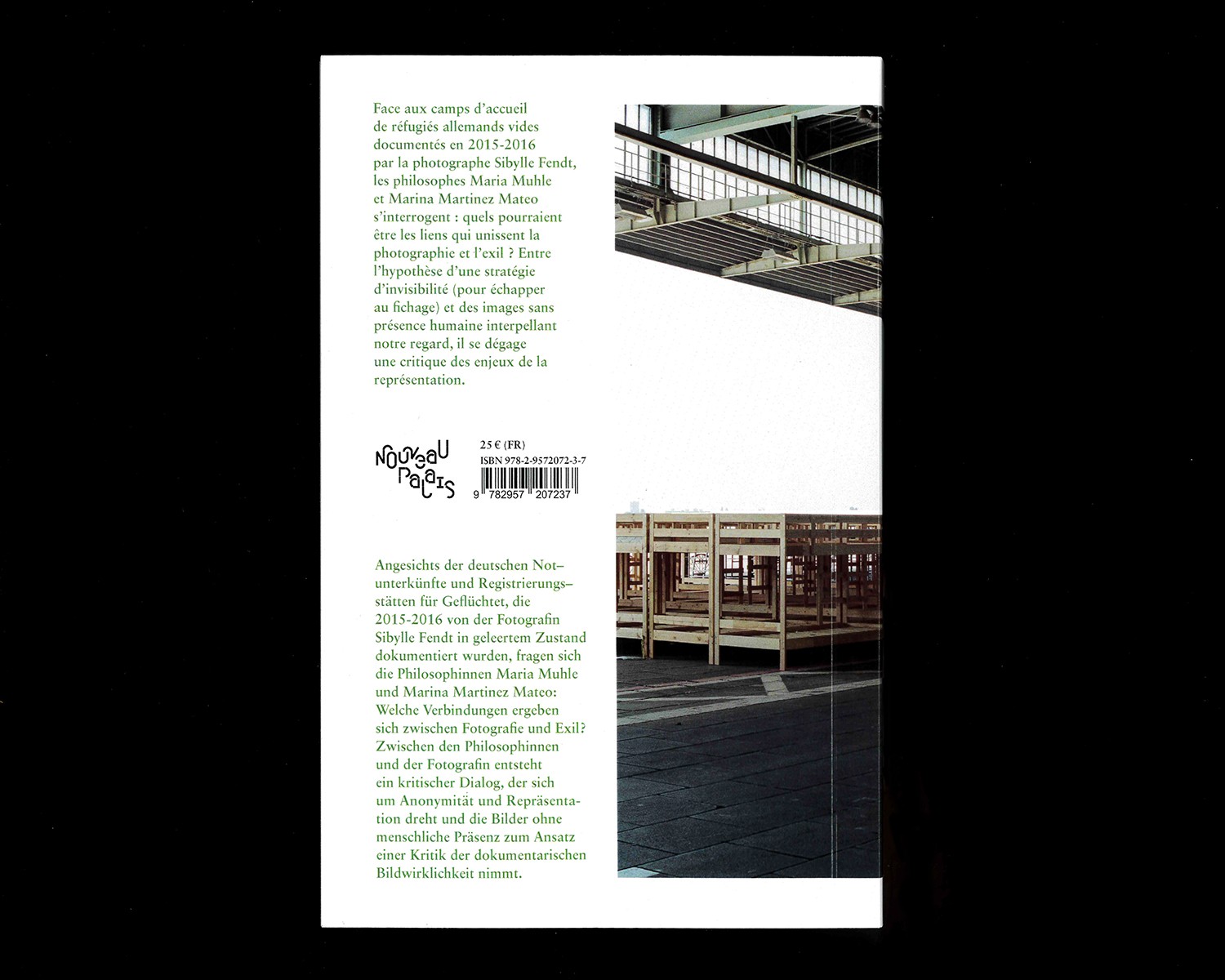This theoretical presentation about the photographic medium, as dense as it is concise, which mobilizes Roland Barthes and his denunciation of ideological manoeuvres with the myth of the" human condition, "as Walter Benjamin (...) proves to be absolutely fascinating (Ernest London)
At a time when asylum-seekers in Europe are caught between tightening refugee policies and the rise of far-right governments, this book combines photography and philosophy to examine how refugees are portrayed.
In 2015 and 2016, as a massive influx of migrants moved through the Balkans enroute to North-Western Europe, Germany opened its doors to close to one million asylum-seekers. German photographer Sibylle Fendt documented the Reception Centers and Emergency Camps that were set up across Germany to process, shelter and confine the asylum seekers. Her photos of the orderly installations are in stark contrast with the precarious situation faced by the migrants, for whom the installations were destined. When viewing her photos, we are naturally struck by the total absence of any human presence.
I decided to publish these images, because despite this great migration having received wide coverage in the media and in the arts, the manner in which the refugees were depicted, and their lack of autonomy in how they were portrayed, is rarely mentioned.
I asked philosophers Maria Muhle and Marina Martinez Mateo, both teachers at the Akademie der Bildenden Künste in Munich, to reflect and comment on the issue of migrant representation. They suggest a strong link between photography and exile “beyond the illusion of a neutral image and beyond any authoritarian determination”.
Between the strategy of anonymity, regularly used by exiles seeking to erase their national identity, and Sybille Fendt’s photos devoid of human presence challenging our gaze, a critique of the stakes of representation emerges.
